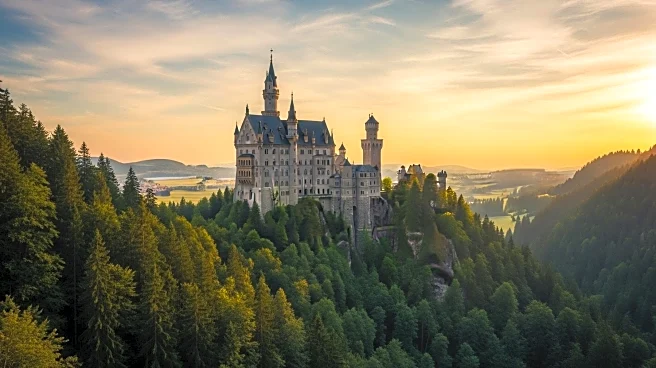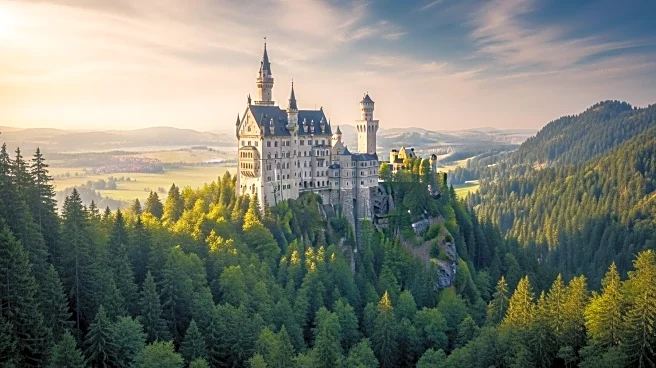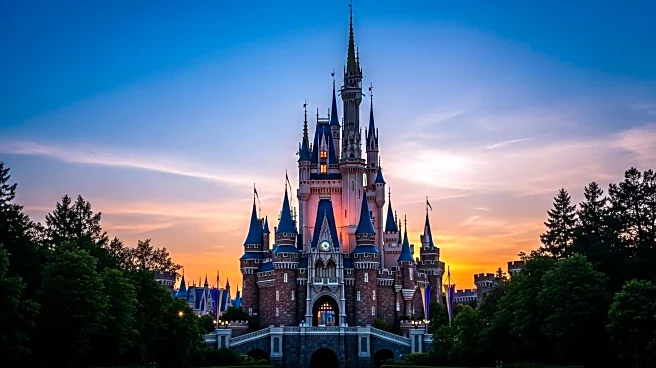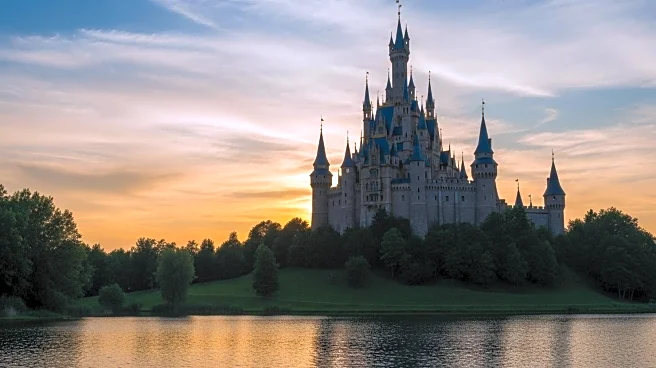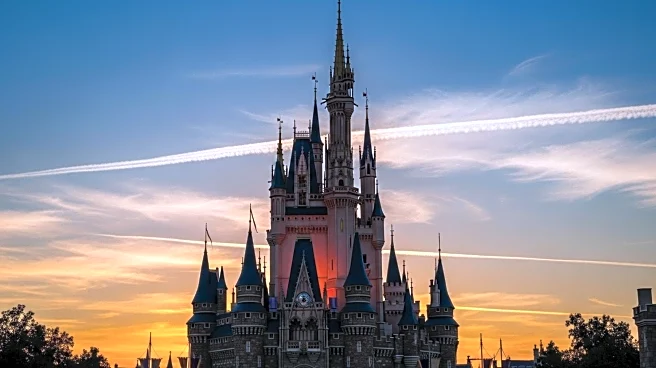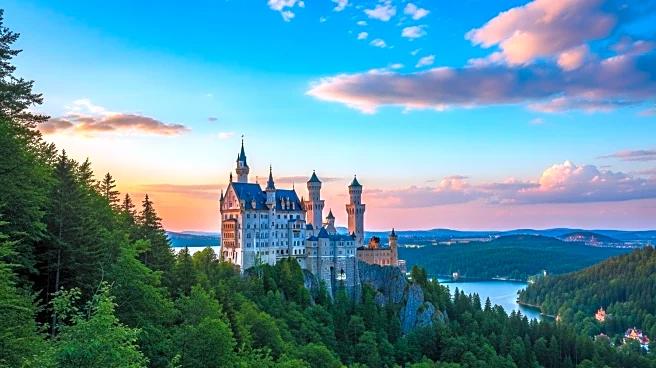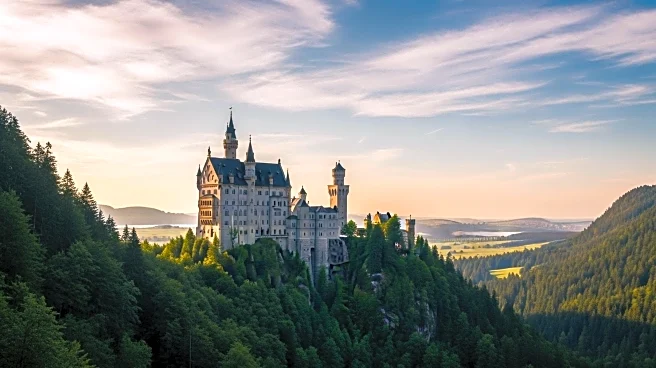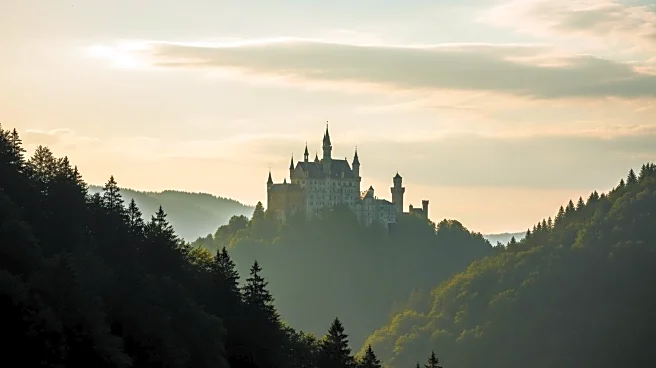Neuschwanstein Castle, with its fairy-tale towers and romantic allure, has left a significant cultural footprint in Bavaria and beyond. Commissioned by King Ludwig II, the castle was designed as a tribute to Richard Wagner and reflects the monarch's artistic vision. Its impact extends to the architectural, economic, and environmental spheres.
Geographic Reach
Neuschwanstein Castle is located near Füssen in Bavaria, Germany, and stands at an elevation of 940 meters above sea level. Its picturesque setting in the Bavarian Alps offers breathtaking views and attracts visitors from around the world, making it a focal point for tourism in the region.
Institutional Presence
The castle is maintained by the Bavarian Administration of State-Owned Palaces, Gardens, and Lakes, ensuring its preservation and accessibility to the public. Its status as a UNESCO World Heritage Site further cements its place as a cultural monument, highlighting its significance in Bavarian heritage.
Economic and Social Footprint
Neuschwanstein Castle's economic footprint is evident in its popularity as a tourist destination, attracting over a million visitors annually. This influx of tourists contributes to the local economy, supporting businesses and creating jobs in the region. The castle's social footprint is reflected in its influence on popular culture and its role as a symbol of Bavarian identity.
Environmental or Community Impact
The castle's environmental impact is managed through conservation efforts that ensure its preservation and minimize its footprint on the surrounding landscape. Community engagement in heritage preservation and tourism management further supports the castle's role as a cultural landmark, fostering a sense of pride and identity among local residents.
 Discover Daily • 8 min read
Discover Daily • 8 min read 